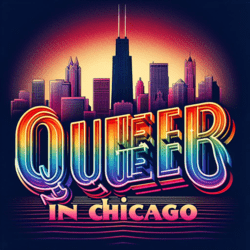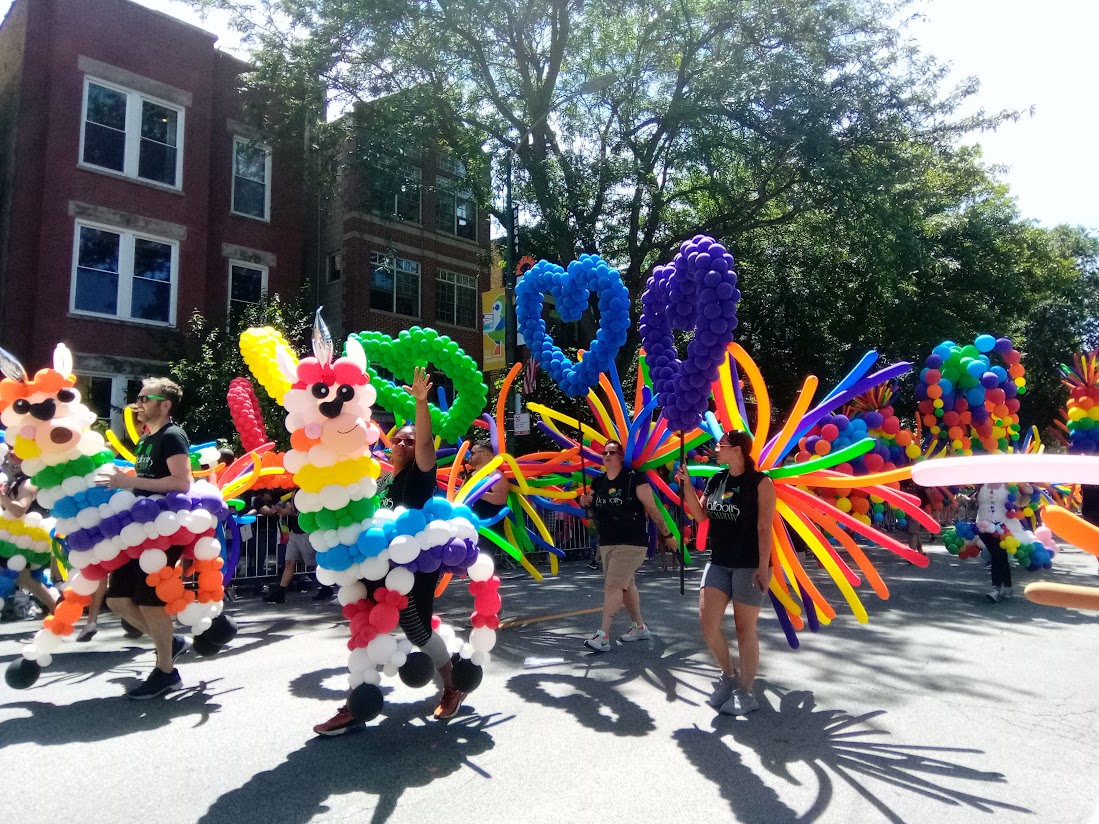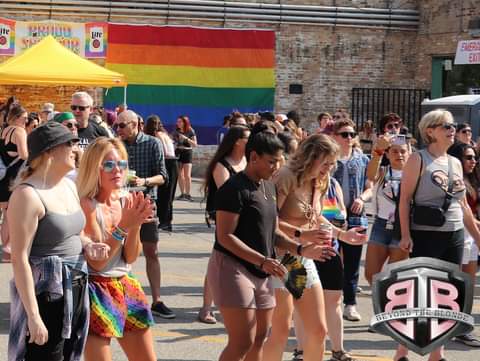Here are 20 fun facts that show what makes the Chicago Pride Parade so special. Each one gives you a glimpse into the energy, history, and meaning behind it all. There’s something in here for anyone who cares about community, pride and celebration.
The Parade Started Back in 1970
Chicago’s first Pride Parade happened on June 27, 1970, just a year after the Stonewall Riots. It started as a small march from Washington Square Park to the Civic Center. The goal was simple but powerful—demand visibility and rights for the LGBTQ+ community.
It Happens Every Year at the End of June
The parade always takes place on the last Sunday of June. That timing isn’t random—it’s meant to honor Pride Month and the legacy of Stonewall. It’s the biggest event to close out the month-long celebrations in Chicago.
It Winds Through the North Side
The route goes through neighborhoods like Uptown, Lakeview, Lincoln Park, and North Halsted (Boystown). It kicks off at Broadway and Montrose and wraps up near Diversey and Sheridan. These areas have long been central to LGBTQ+ life in the city.
This Year’s Parade is Set for June 29, 2025
The 2025 parade will step off at 11 a.m. on Sunday, June 29. The theme is “United in Pride,” which focuses on solidarity, inclusion, and collective joy.
Over a Million People Show Up
More than a million people come out to celebrate every year. Streets are packed, balconies are full, and the energy is electric. It’s one of the biggest Pride parades in the U.S.—and sometimes the world.
It Was Inspired by Stonewall
The whole thing started as a response to the Stonewall Uprising in New York City. Activists in Chicago wanted to show that queer people here were also standing up and speaking out. That legacy of resistance is still part of the event today.
A Volunteer Group Runs the Whole Thing
PRIDE Chicago, a volunteer-led group, organizes the parade every year. They handle logistics, permits, outreach, and everything in between. They even became an official nonprofit in 2024 to keep expanding their work.
It Started as a Protest, not a Party
Early Pride events in Chicago were political first and festive second. Marchers were there to make a point—to fight for rights, visibility, and safety. Today’s celebration still carries that spirit, even with more glitter and confetti.
Local Businesses Love It
The parade weekend is a major boost for bars, restaurants, hotels, and shops—especially LGBTQ-owned ones. Visitors flood the city, and the economic impact is huge. It’s one of the busiest weekends of the year in the area.
There’s a Huge Pride Fest Before the Parade
Pride Fest happens the weekend before the parade in North Halsted. It’s a full-on street festival with live music, drag shows, food vendors, and dancing in the streets. It’s the perfect kickoff to the final week of Pride.
Everyone from Schools to Unions March
You’ll see an amazing mix of people in the parade—nonprofits, activist groups, businesses, youth alliances, cultural organizations, and more. Some march with signs, others with full-on floats. It’s a celebration of both individuality and unity.
Celebs and Leaders Join In
Every year, notable guests walk in the parade as Grand Marshals. In 2024, comedian Fortune Feimster and her wife, Jax Smith, led the march. It’s a fun way to recognize people who’ve made an impact in the community.
The City Helps Make It Happen
Chicago provides police, crowd control, transit support, and the permits needed to keep everything safe and smooth. It’s a huge event, and the city works closely with organizers. That support is part of why it runs so well.
Volunteers Keep Things Running
Behind the scenes, hundreds of volunteers help make the parade happen. They help with check-in, crowd guidance, cleanup, and more. A lot of them come back year after year—it’s personal for them.
The ROTC Marching Group is a Crowd Favorite
Chicago’s ROTC—Righteously Outrageous Twirling Corps—has been part of the parade since 1992. They perform baton twirls and synchronized moves with humor and flair. People cheer wildly every time they pass by.
The Dyke March is a Powerful Sister Event
Chicago also hosts a Dyke March, started in 1995. It’s a more grassroots event that focuses on visibility and issues specific to lesbian and queer women. It moves around to different neighborhoods to reach more people.
There’s Also a Disability Pride Parade
Since 2004, Chicago has hosted a separate Disability Pride Parade. It celebrates people with disabilities and pushes for inclusion and rights. It’s part of the broader movement to support all identities.
It’s Helped Push LGBTQ+ Legislation
The parade has always had a political edge. Over the years, it’s supported causes like marriage equality and anti-discrimination laws. Marching here has often meant pushing for real change.
There’s a Strong Youth Presence Every Year
Youth groups, high school alliances, and college LGBTQ+ organizations show up in big numbers. Seeing young people marching proudly is a big part of what makes the parade feel hopeful. It shows that the next generation is ready to keep the momentum going.
Chicago’s Pride Inspires Other Cities
The way Chicago runs its Pride events has influenced cities across the country. Its mix of activism, community involvement, and festivity sets a standard. A lot of places look to Chicago when building their own traditions.
Conclusion
The Chicago Pride Parade is more than just a big event—it means something to a lot of people. It brings out a mix of celebration, reflection, and real community connection. No matter why you show up, you’re a part of it.



